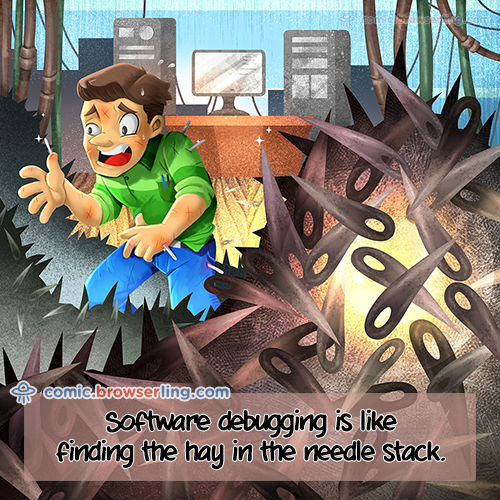“Rest APIs are REST-in-Peace APIs. Long Live GraphQL.” is yet another look at REST vs. GraphQL for the API implementation.
I’m involved with developing quite a bit of REST APIs at work, but for now we are just trying to buy us some time. I want to take a really long and good look at GraphQL, but I don’t think this will happen this year. In the meantime, if you have any good GraphQL resources, please do send them my way.


